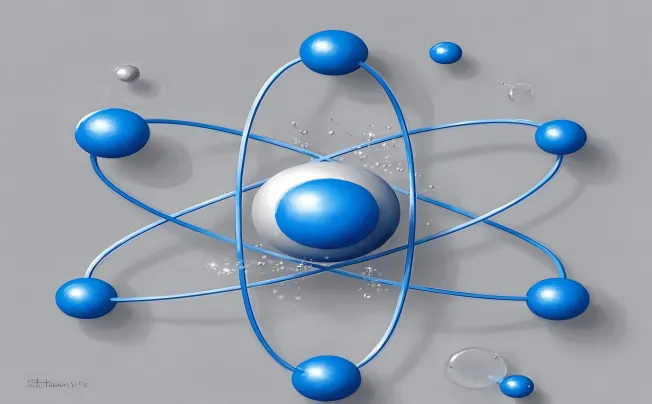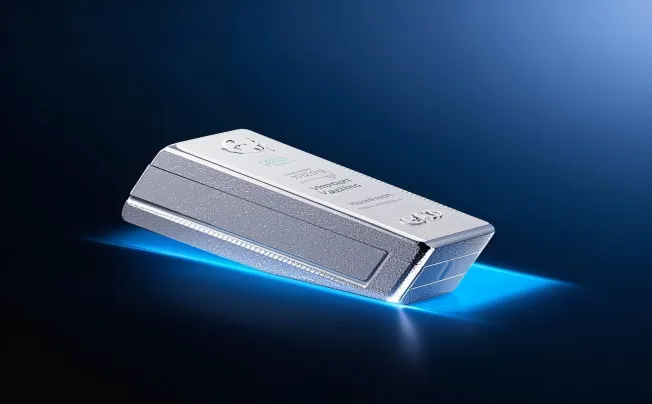What Is Artificial Graphite?
Synthetic graphite is a manufactured product that is created through a high-temperature process involving the transformation of carbonaceous materials. Unlike natural graphite, which is mined from the planet, artificial graphite is generated in industrial setups, permitting greater control over its properties and high quality. This material is extremely valued for its consistency, pureness, and customizability, making it an essential element in numerous state-of-the-art applications.
The production of artificial graphite generally entails using petroleum coke, pitch coke, or various other appropriate carbon products. These basic materials undergo a carbonization process at temperature levels exceeding 2500 ° C (4532 ° F) in the presence of an inert atmosphere. The outcome is an item with premium electric conductivity, thermal conductivity, and mechanical stamina compared to all-natural graphite.
The Manufacturing Procedure of Man-Made Graphite
The manufacturing of synthetic graphite, likewise referred to as synthetic graphite, is a complex procedure that begins with high-purity carbon products such as petroleum coke or coal tar pitch. These products go through a collection of processes created to change them right into graphite with certain properties suitable for industrial applications.
- Resources Choice
The primary step involves choosing the ideal raw materials. Petroleum coke is commonly liked due to its high carbon content and low impurity levels. The picked carbon products are then ground into a fine powder to guarantee harmony and uniformity during the subsequent processing actions.
- Molding and Forming
After grinding, the carbon powder is blended with a binder, typically coal tar pitch, to create a plastic mass. This combination is then formed right into the preferred shape, which can range from little granules to big blocks, depending upon the intended application. The molding procedure guarantees that the product preserves a cohesive structure throughout the manufacturing process.
- Baking
The shaped carbon material is then subjected to a cooking process, where it is gradually heated up to temperature levels between 800 °C and 1,200 °C. This stage understood as carbonization, gets rid of unpredictable components and changes the binder right into a strong carbon matrix, consequently increasing the density and stamina of the material.
- Graphitization
Once the baking procedure is complete, the product undergoes graphitization, which is the most crucial step in the production of artificial graphite. Throughout graphitization, the baked carbon material is heated up to very high temperatures, typically in the variety of 2,500 ° C to 3,000 ° C, in an inert environment. This high-temperature treatment repositions the carbon atoms into a crystalline graphite framework, giving the particular residential properties of graphite, such as high thermal conductivity, electrical conductivity, and lubricity.
- Completing and Quality Assurance
After graphitization, the artificial graphite is enabled to cool gradually to prevent thermal shock, which might bring about splitting or various other structural flaws. The cooled product is then machined or refined into the last item forms and sizes required for numerous applications. Throughout the manufacturing procedure, strenuous quality assurance procedures are carried out to ensure that the last product satisfies the specified requirements and efficiency requirements.
Trick Distinctions Between All-natural and Artificial Graphite
Understanding the key distinctions between natural and synthetic graphite is important for picking the appropriate product for various industrial applications. While both kinds of graphite share similar architectural buildings, their origin, manufacturing methods, and certain features set them apart significantly.
- Most importantly, the beginning of these two kinds of graphite varies. Natural graphite is extracted from graphite deposits found in the planet's crust. It commonly develops in metamorphic rocks as an outcome of the change of organic products because of high temperatures and pressures. On the other hand, artificial graphite, additionally referred to as synthetic graphite, is created via a manufacturing procedure that entails high-temperature treatment of carbon-rich products, such as petroleum coke or coal tar pitch.
- The manufacturing techniques for all-natural and artificial graphite stand out. Natural graphite extraction includes mining, followed by procedures such as squashing, grinding, and flotation protection to refine the material. On the other hand, artificial graphite production includes a number of phases, consisting of the calcination of basic materials, combining with a binder, extrusion or molding into the preferred shape, and graphitization, which involves heating the material to temperature levels as high as 3,000 ° C to achieve the desired crystalline structure.
- The crystalline framework and purity degrees of all-natural and synthetic graphite additionally differ. Natural graphite typically includes impurities such as silica, iron, and various other minerals, which can influence its efficiency in particular applications. In contrast, synthetic graphite can be engineered to achieve higher levels of purity, frequently exceeding 99% carbon content, making it suitable for high-precision applications such as lithium-ion batteries and aerospace components.
- Furthermore, the physical buildings of all-natural and synthetic graphite display notable distinctions. Natural graphite normally has a half-cracked structure, which can be useful in applications like lubes and pencils. Synthetic graphite, nonetheless, can be produced in an extra uniform and regulated fashion, permitting personalized sizes and shapes with regular homes. This makes artificial graphite particularly beneficial in sectors that demand accuracy and reliability, such as electronics and advanced production.
Applications and Use Man-Made Graphite
Electronic Devices and Energy Storage Space
One of the key uses of synthetic graphite remains in the electronic devices market. It is an essential element in the manufacturing of lithium-ion batteries, which are widely used in portable electronic devices, electric vehicles, and renewable resource storage space systems. The high purity and constant high quality of synthetic graphite make it a suitable material for battery anodes, adding to the effectiveness and long life of these energy storage space tools.
Metallurgical Applications
In the metallurgical industry, artificial graphite is used as a refractory product and a lining for high-temperature heaters. Its capability to endure extreme temperature levels and its low sensitivity to molten metals make it essential in the production of steel and other steels. Additionally, artificial graphite is used in the production of graphite electrodes, which are important for electric arc heating systems in steelmaking.
Industrial and Mechanical Makes Use Of
Synthetic graphite is also employed in different commercial applications due to its excellent lubricating properties. It is utilized as a completely dry lubricant in machinery and as a component in composite materials that need high toughness and resilience. In addition, manufactured graphite is used in the production of brake cellular linings, gaskets, and seals, where its warm resistance and security are critical.
Nuclear Market
The nuclear industry takes advantage of artificial graphite's capacity to function as a neutron mediator in atomic power plants. The controlled manufacturing process of artificial graphite guarantees the manufacturing of high-purity, high-density graphite, which is important for maintaining the safety security, and performance of nuclear activators.
Aerospace and Protection
In the aerospace and protection markets, artificial graphite is used in the production of lightweight, high-strength products. These products are essential for making aircraft components, rocket technology, and other protection applications where efficiency and reliability are extremely important.
Benefits of Utilizing Synthetic Graphite
One of the primary benefits is its high purity. Synthetic graphite generally has a carbon content of over 99%, which is significantly greater than all-natural graphite. This high purity degree is essential for applications where impurities can impact performance, such as in the manufacturing of batteries and semiconductors.
One more significant advantage is the consistency in quality and homes. Considering that synthetic graphite is produced under controlled conditions, it displays consistent attributes, such as regular thermal conductivity and electrical conductivity. This harmony is essential for precision applications, including nuclear activators and advanced electronic devices, where foreseeable efficiency is essential.
Synthetic graphite also has premium mechanical stamina and durability. These residential properties make it perfect for use in high-stress settings, such as in the production of refractories and crucibles utilized in high-temperature industrial procedures. In addition, synthetic graphite can be engineered to have detailed residential properties tailored to particular applications, providing better flexibility compared to natural graphite.
In regards to thermal and electrical conductivity, synthetic graphite commonly exceeds natural graphite. This makes it an exceptional product for usage in heat dissipation and electrical arc heating systems. The capacity to withstand high temperatures without deteriorating makes certain that synthetic graphite stays effective under required conditions.
In addition, the schedule and supply security of artificial graphite are two more key benefits. Unlike natural graphite, which undergoes geographical and geological restrictions, artificial graphite can be produced continually and on demand, ensuring a trusted supply for industries that rely greatly on this product.








